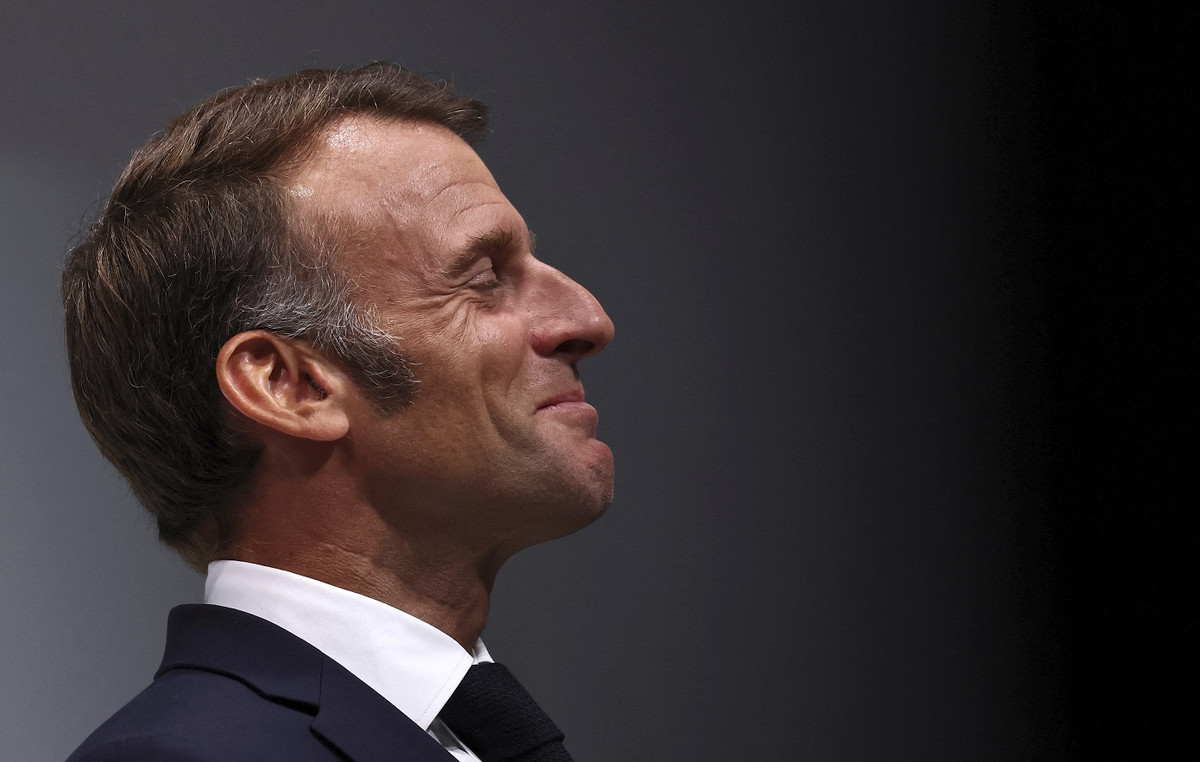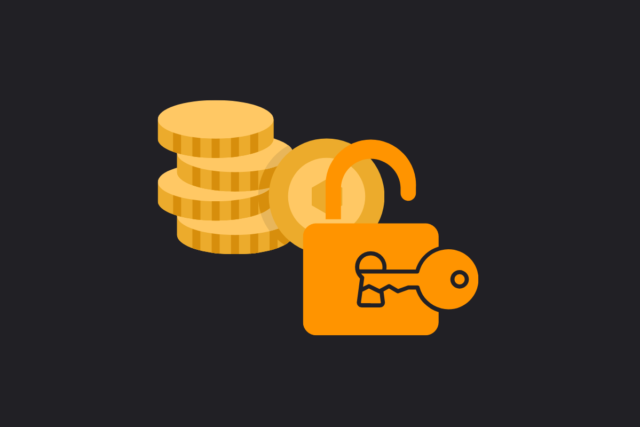- The Dow Jones recovers new highs, but dynamics remain tense.
- U.S. stocks rose broadly on Monday, but momentum is limited.
- The Federal Reserve will dominate the headlines with a quiet economic calendar this week.
The Dow Jones Industrial Average (DJIA) managed to gain some ground in today's quiet session, following the volatility caused by last week's Non-Farm Payrolls (NFP) report. However, the market continues to show signs of weakness, with some stocks remaining limited to the averages.
This week, the focus will be on the Federal Reserve (Fed) and the possibility of it accelerating rate cuts. The US economic calendar is very thin this week, although traders will be watching the results of the University of Michigan's consumer sentiment survey on Friday. The University of Michigan Consumer Sentiment Index for May is expected to decline to 77.0 from 77.2.
Dow Jones News
The Dow Jones rises one-sixth of a percentage point on Monday as investors regain risk appetite amid renewed hopes for Fed rate cuts, but bullish momentum remains thin. About half of the 30 stocks that make up the Dow Jones Industrial Average are down or flat on the day.
Walt Disney Co. (DIS) leads Monday gains on the Dow, up about 2% and trading near $116.00 per share ahead of Disney's latest earnings report due Tuesday morning . On the downside, Amgen Inc. (AMGN) fell about 4% as traders pull back from biotech stocks following last week's rise. Amgen is about to bring its own weight-loss drug to market, a category of drugs that has seen a sharp rise in demand, and investors initially bet that Amgen would be able to capture some of the weight-loss drug market. high demand.
Dow Jones Technical Outlook
The Dow Jones rose in early trading Monday to test a new daily high at 38,872.18 before a midday pullback to 38,687.46. The DJIA continues to trade north of 38,700.00 as stocks look for firmer gains.
Longer term, the Dow Jones continues to trade in bullish territory above the 200-day EMA at 36,798.86 points. Despite long-term bullish momentum, the Dow Jones has struggled to regain ground after falling from March's all-time highs near the 40,000.00 area.
Dow Jones Five Minute Chart
Dow Jones Daily Chart
Frequently Asked Questions About the Dow Jones
The Dow Jones Industrial Average, one of the world's oldest stock indices, is made up of the 30 most traded securities in the United States. The index is price-weighted rather than capitalization-weighted. It is calculated by adding the prices of the securities that comprise it and dividing them by a factor, currently 0.152. The index was founded by Charles Dow, also founder of the Wall Street Journal. In recent years it has been criticized for not being sufficiently representative because it only follows 30 conglomerates, unlike other broader indices such as the S&P 500.
There are many factors that influence the Dow Jones Industrial Average (DJIA). The main one is the aggregate performance of its component companies, revealed in the companies' quarterly earnings reports. US and global macroeconomic data also contribute, influencing investor sentiment. The level of interest rates, set by the Federal Reserve (Fed), also influences the DJIA, as it affects the cost of credit, on which many companies largely depend. Therefore, inflation can be a determining factor, as well as other parameters that influence the Fed's decisions.
The Dow Theory is a method for identifying the main trend of the stock market developed by Charles Dow. A key step is to compare the direction of the Dow Jones Industrial Average (DJIA) and the Dow Jones Transportation Average (DJTA) and only follow trends where both are moving in the same direction. Volume is a confirmation criterion. The theory uses elements of maximum and minimum analysis. Dow theory postulates three trend phases: accumulation, when the smart money starts buying or selling; public participation, when the general public joins in; and distribution, when the smart money comes out.
There are several ways to trade the DJIA. One is to use ETFs that allow investors to trade the DJIA as a single security, rather than having to buy shares of the 30 companies that comprise it. A prominent example is the SPDR Dow Jones Industrial Average ETF (DIA). DJIA futures contracts allow speculation on the future value of the index, and options give the right, but not the obligation, to buy or sell the index at a predetermined price in the future. Mutual funds allow investors to purchase a portion of a diversified portfolio of DJIA securities, providing exposure to the global index.
Source: Fx Street
I am Joshua Winder, a senior-level journalist and editor at World Stock Market. I specialize in covering news related to the stock market and economic trends. With more than 8 years of experience in this field, I have become an expert in financial reporting.







